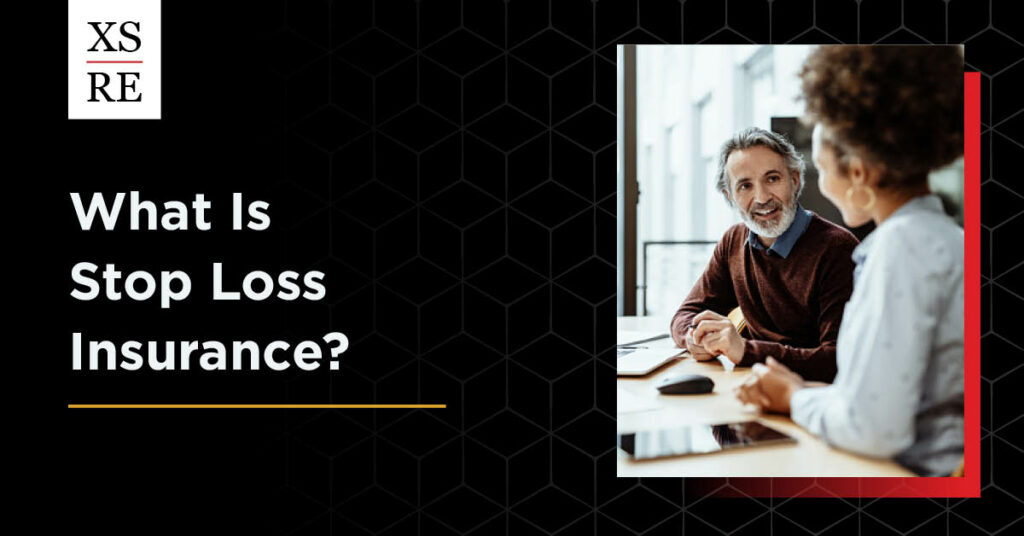What is Stop Loss Insurance

What Is Stop Loss Insurance? Navigating Self-Funded Health Plans with the Safety Net of Stop Loss
Stop loss insurance, also known as excess loss insurance, is a type of coverage designed to protect businesses that self-fund their employee benefit plans. Self-funding, or self-insurance, means that instead of paying fixed premiums to an insurance carrier, the employer assumes the financial risk for providing healthcare benefits to its employees. Stop Loss Insurance acts as a safety net, mitigating the financial impact of catastrophic claims.
Underwriters assess the risk associated with insuring a particular individual or group and determine the appropriate premium to charge. However, in self-funded plans, the risk is borne directly by the employer. Stop loss insurance sets a predetermined threshold, known as the “attachment point,” above which the insurer becomes liable for covering claims. This safeguard shields businesses from unexpected and exorbitant healthcare costs, preserving their financial stability.
Captives, another integral component of the insurance landscape, can also benefit from Stop loss coverage. Captive insurance companies are subsidiaries established by businesses to provide coverage for risks that traditional insurers may overlook or undervalue. Stop Loss Insurance enhances the risk management capabilities of captives, enabling them to offer comprehensive protection against catastrophic losses.
Stop loss insurance plays a pivotal role in safeguarding against emerging healthcare trends, such as the escalating costs associated with gene therapy drugs. These groundbreaking treatments hold immense promise for patients with genetic disorders but often come with staggering price tags. Stop loss coverage provides a crucial buffer against the financial strain these therapies may impose on self-funded health plans.
Stop loss insurance is a critical component of self-funded healthcare plans. A stop loss policy serves as a financial safety net for employers by protecting their health plans from unexpectedly high claims or catastrophic medical expenses incurred by plan participants. There are two types of stop loss insurance, aggregate stop loss insurance and specific stop loss insurance.
In addition to traditional Stop loss arrangements, innovative solutions like level-funded products have gained traction in the insurance marketplace. Level-funded plans combine elements of self-funding and fully insured plans, offering fixed monthly payments supplemented by Stop Loss coverage. This hybrid approach provides businesses with predictable costs while still benefiting from the risk mitigation inherent in Stop Loss Insurance.
As the healthcare landscape evolves, stop loss insurance remains a steadfast guardian. It’s a vital safeguard for businesses navigating the complexities of self-funded health plans, ensuring peace of mind and financial security. Whether it’s shielding against catastrophic claims, supporting captive insurance strategies, or cushioning the financial blow of pioneering medical treatments, stop loss insurance is the keystone of a resilient health benefits strategy.
Ready to explore how stop loss insurance can fortify your approach to self-funded? Contact the experts at Excess Reinsurance today to learn more about our comprehensive offerings and secure your financial future.
